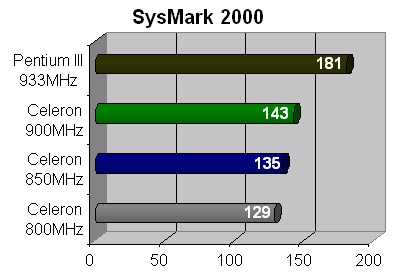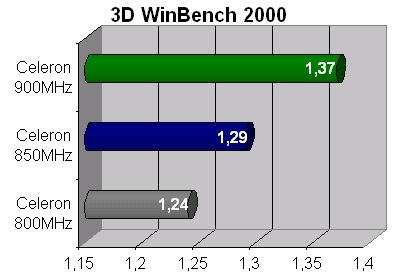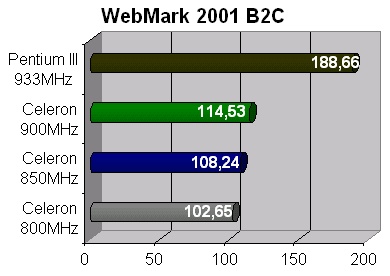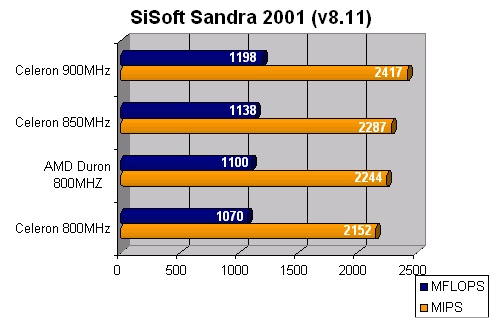
 |

|
| ActiveWin: Reviews | Active Network | New Reviews | Old Reviews | Interviews |Mailing List | Forums |
|
|
|
|
|
DirectX |
|
ActiveMac |
|
Downloads |
|
Forums |
|
Interviews |
|
News |
|
MS Games & Hardware |
|
Reviews |
|
Support Center |
|
Windows 2000 |
|
Windows Me |
|
Windows Server 2003 |
|
Windows Vista |
|
Windows XP |
|
|
|
|
|
|
|
News Centers |
|
Windows/Microsoft |
|
DVD |
|
Apple/Mac |
|
Xbox |
|
News Search |
|
|
|
|
|
|
|
ActiveXBox |
|
Xbox News |
|
Box Shots |
|
Inside The Xbox |
|
Released Titles |
|
Announced Titles |
|
Screenshots/Videos |
|
History Of The Xbox |
|
Links |
|
Forum |
|
FAQ |
|
|
|
|
|
|
|
Windows XP |
|
Introduction |
|
System Requirements |
|
Home Features |
|
Pro Features |
|
Upgrade Checklists |
|
History |
|
FAQ |
|
Links |
|
TopTechTips |
|
|
|
|
|
|
|
FAQ's |
|
Windows Vista |
|
Windows 98/98 SE |
|
Windows 2000 |
|
Windows Me |
|
Windows Server 2002 |
|
Windows "Whistler" XP |
|
Windows CE |
|
Internet Explorer 6 |
|
Internet Explorer 5 |
|
Xbox |
|
Xbox 360 |
|
DirectX |
|
DVD's |
|
|
|
|
|
|
|
TopTechTips |
|
Registry Tips |
|
Windows 95/98 |
|
Windows 2000 |
|
Internet Explorer 5 |
|
Program Tips |
|
Easter Eggs |
|
Hardware |
|
DVD |
|
|
|
|
|
|
|
ActiveDVD |
|
DVD News |
|
DVD Forum |
|
Glossary |
|
Tips |
|
Articles |
|
Reviews |
|
News Archive |
|
Links |
|
Drivers |
|
|
|
|
|
|
|
Latest Reviews |
|
Xbox/Games |
|
Fallout 3 |
|
|
|
Applications |
|
Windows Server 2008 R2 |
|
Windows 7 |
|
|
|
Hardware |
|
iPod Touch 32GB |
|
|
|
|
|
|
|
Latest Interviews |
|
Steve Ballmer |
|
Jim Allchin |
|
|
|
|
|
|
|
Site News/Info |
|
About This Site |
|
Affiliates |
|
Contact Us |
|
Default Home Page |
|
Link To Us |
|
Links |
|
News Archive |
|
Site Search |
|
Awards |
|
|
|
|
|
|
|
Credits |

|
Product: D810E2CA3 Motherboard & Celeron
900MHz |
BenchMarks
|
Table Of Contents |
Since a review cannot be complete without the usual benchmarks, here we go. To test the Celeron 900MHz we obviously used the Intel D810E2CA3 motherboard. The configuration of the system was:
- Intel D810E2CA3 Motherboard (with P05 Bios),
- 256Mb SDRAM PC100,
- Seagate 20GB UDMA 66 Hard Disk,
- Western Digital 6.4GB UDMA 33 Secondary Hard Disk,
- GoldStar DVD-Rom 8120b,
- Yamaha CRW2100E ATAPI burner,
- Microsoft Natural Keyboard Pro,
- Microsoft TrackBall Optical.
Everything was running on a fresh and clean install of Microsoft Windows 2000 Professional with Service Pack 2. We used several benchmarking tools to test the performance of the Celeron 900MHz CPU with its dedicated i810E2 chipset that were: SysMark 2000, 3D WinBench 2000, WebMark 2001, SiSoft Sandra 2001 Pro (8.11).
 |
Sysmark 2000 benchmark logically puts the Celeron 900MHz ahead of its predecessors, but as you can see at a somewhat equal frequency the Pentium III outperforms the Celeron 900MHz by 27%. Sysmark is a suite of application software and associated benchmark workloads |
 |
3D WinBench 2000 measures system-level
3D performance including CPU and graphics subsystem performance. To
understand the processor 3D performance, the benchmark suite includes
the 3D WinBench 2000 Processor Test. This
benchmark measures the CPU-intensive portion of the 3D graphics
pipeline. In good logic the Celeron 900MHz is on top,
featuring a 6% performance increasement over the Celeron 850MHz.
|
 |
WebMark 2001 measures the internet performances a system usually deliver. WebMark 2001 measures the performance of the PC client on various technologies that are used within the benchmark, such as Flash (operations per second), Java (operations per second), XML (operations per second), and Video performance (frames per second). The Celeron 900MHz performs good but remains far behind the Pentium III 933MHz. |
|
|
|
|
Before commenting the SiSoft Sandra 2001 Pro (version 8.11) CPU Benchmark results, let see to what correspond MIPS & MFLOPS: MFLOPS: The Whetstone benchmark is widely used in the computer industry as a measure of performance. Floating-point arithmetic is most significant in scientific, engineering, statistical and computer-aided design (CAD) programs. It is also a small component in spreadsheet, paint and drawing programs. Word processing programs typically do no floating-point computations at all. The Whetstone does a lot of floating-point arithmetic, some memory access, and a little integer arithmetic. MIPS: The Dhrystone benchmark is widely used in the computer industry as a measure of performance. Dhrystone is a synthetic benchmark, designed to contain a representative sample of operations normally performed by applications. They don't calculate a result of any kind, but they do perform the sort of complicated sequences of instructions that real applications use. The Dhrystone result is determined by measuring the time it takes to perform these sequences of instructions. Simple integer arithmetic, logic decisions, and memory accesses are the dominant CPU activities in most Windows programs. The Dhrystone benchmark makes intensive use of these areas. As you can see, reading the results, the Celeron 900MHz literraly blows the AMD Duron 800MHz and performs much better than its predecessors. According to SiSoft the Intel Celeron 900MHz used in combination with the Intel D810E2CA3 motherboard is 6% more powerful than the Celeron 850MHz used on the same motherboard. With a 50MHz frequency increase, the Celeron 900MHz manages to bring an unexpected level of performance.
|
|

